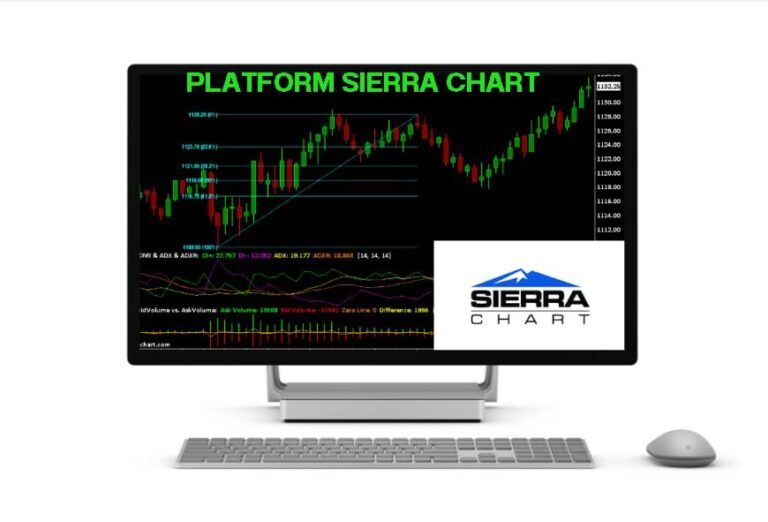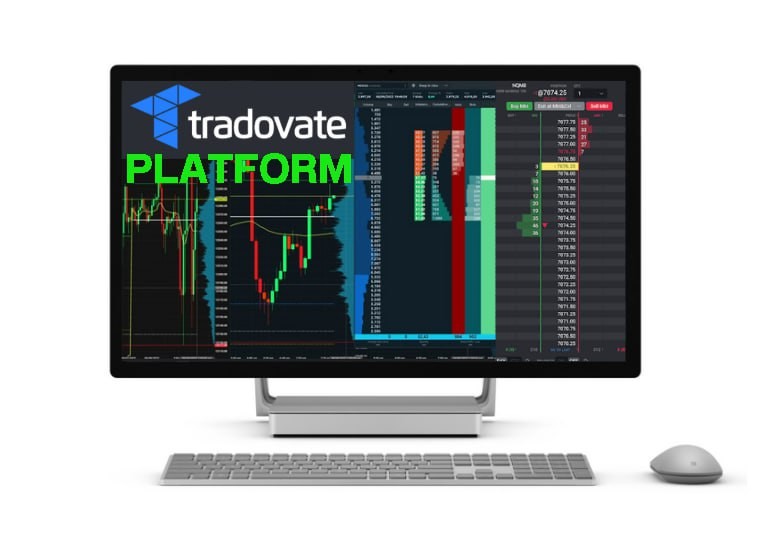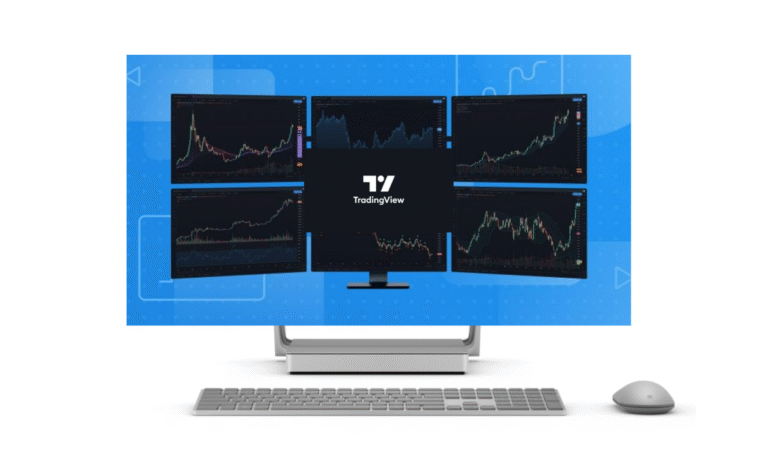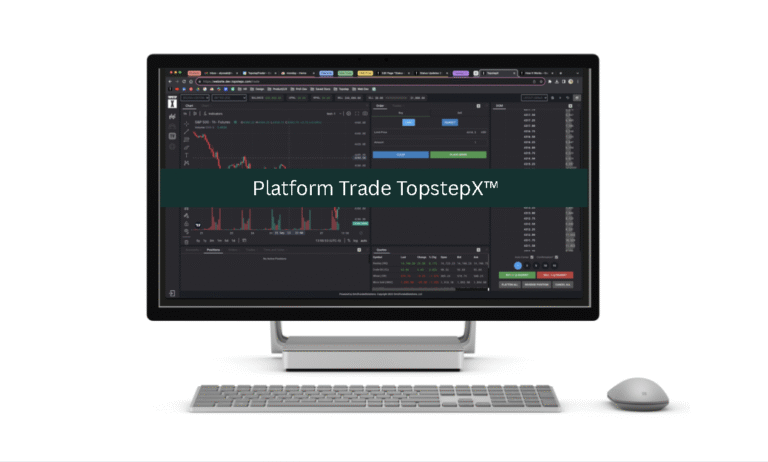MetaTrader 4 vs MetaTrader 5: Features, Benefits & How to Get Them
Introduction
In today’s fast-paced financial markets, electronic trading platforms play a central role in facilitating the buying and selling of financial instruments such as forex, stocks, commodities, indices, and cryptocurrencies. Among the most popular and widely used platforms are MetaTrader 4 (MT4) and MetaTrader 5 (MT5) — two powerful tools developed by MetaQuotes Software Corp.
These platforms have become the go-to choice for millions of traders worldwide due to their user-friendly interfaces, advanced analytical tools, and support for automated trading via Expert Advisors (EAs). Whether you’re a beginner or an experienced trader, understanding the differences and benefits of MT4 and MT5 can significantly impact your trading performance.
This article will cover:
- A detailed overview of both platforms.
- Their history, key features, and technical specifications.
- The main differences between MT4 and MT5.
- How to download and install each platform.
- How to open a demo or real account.
- Advanced uses like EAs, indicators, signals, and copy trading.
- Tips on choosing the right platform for your needs.
- Future outlook for both platforms.
Section 1: What Are MetaTrader 4 and MetaTrader 5?
1. MetaTrader 4 (MT4)
MetaTrader 4, commonly known as MT4, was launched in 2005 by MetaQuotes Software. It quickly became the leading platform for forex traders due to its robust charting capabilities, customizable interface, and support for algorithmic trading.
MT4 is especially popular among retail traders who focus on currency pairs, offering real-time data, historical charts, and a wide range of technical indicators. Despite being older, it remains the most widely used trading platform globally.
2. MetaTrader 5 (MT5)
MetaTrader 5, or MT5, was introduced in 2010 as the next-generation platform from MetaQuotes. Designed to be a more versatile and comprehensive solution, MT5 supports not only forex but also stock trading, futures, and CFDs (Contracts for Difference).
While MT5 shares a similar interface with MT4, it introduces several improvements such as enhanced analytical tools, economic calendars, and better order management. It also uses a newer programming language called MQL5, allowing for more complex trading algorithms.
Section 2: Key Features Comparison – MT4 vs MT5
| Feature | MT4 | MT5 |
|---|---|---|
| Launch Year | 2005 | 2010 |
| Main Market Focus | Forex | Forex + Stocks + Futures + CFDs |
| Programming Language | MQL4 | MQL5 |
| Number of Order Types | 3 | 6 |
| Economic Calendar | Not Available | Built-in |
| FIFO Support | Not Supported | Supported |
| Historical Data Depth | Limited | Deeper Historical Data |
| Market Depth | Not Available | Available |
| Reporting Tools | Basic | Advanced Reports |
| Mobile Trading | Yes (Android & iOS) | Yes (Enhanced Mobile App) |
| Multi-Currency Backtesting | No | Yes |
Section 3: Why Traders Still Love MT4
Despite the release of MT5, MT4 remains the most popular trading platform. Here’s why:
1. User-Friendly Interface
MT4 has a clean, intuitive layout that makes it easy for new traders to navigate and start trading immediately.
2. Powerful Charting Tools
It includes over 30 built-in technical indicators, 9 timeframes, and various chart types (line, bar, candlestick), enabling detailed market analysis.
3. Expert Advisors (EAs) Support
MT4 supports automated trading robots written in MQL4, which allow traders to execute trades automatically based on predefined strategies.
4. Custom Indicators and Scripts
Traders can create or download custom indicators and scripts to enhance their trading strategies.
5. Large Community and Resources
There is a massive online community, including forums, tutorials, and ready-made EAs/indicators available for free or purchase.
6. High Compatibility with Brokers
Most forex brokers still offer MT4 integration, ensuring widespread accessibility.
7. Mobile Trading App
The mobile app allows traders to monitor positions and trade on the go using smartphones or tablets.
Section 4: Advantages of Using MT5
If you’re looking for a more modern, versatile, and future-proof platform, MT5 might be the better choice.
1. Multi-Market Trading
Unlike MT4, MT5 supports trading in stocks, commodities, futures, and CFDs, making it suitable for diversified investors.
2. Enhanced Analytical Tools
MT5 offers:
- More than 80 built-in indicators
- Better chart customization
- Depth of Market view
- Time & Sales window
3. Economic Calendar Integration
MT5 includes a real-time economic calendar, helping traders anticipate market-moving events.
4. Advanced Reporting
You can generate detailed reports on:
- Profitability
- Trade statistics
- Drawdowns
- Account balance changes
5. FIFO Compliance
MT5 fully supports FIFO (First-In, First-Out) accounting, which is required by U.S. regulators like NFA and CFTC.
6. Faster Execution and Processing
MT5 uses a more efficient architecture, allowing faster execution and processing of large volumes of data.
7. MQL5 Programming Language
MQL5 is more powerful and flexible than MQL4, supporting object-oriented programming and more advanced functions.
8. Trading Signals & Copy Trading
MT5 allows users to subscribe to professional traders’ signals and automatically copy their trades.
Section 5: How to Download and Install MT4 / MT5
Step 1: Choose a Reliable Broker
To access either platform, you must register with a licensed broker that offers MT4 or MT5. Some of the best brokers include:
- XM
- FBS
- HotForex
- Tickmill
- AvaTrade
- Alpari
Step 2: Open a Trading Account
Follow these steps:
- Visit your chosen broker’s official website.
- Click on “Open Account” or “Register.”
- Fill in personal details (name, email, phone number, country).
- Select account type: Demo or Real.
- Choose base currency (USD, EUR, GBP, etc.).
- Verify your email and phone number.
Step 3: Download the Platform
After opening an account:
- Log into your client area.
- Go to the “Platforms” section.
- Choose MT4 or MT5 depending on your preference.
- Download the version compatible with your operating system:
- Windows
- macOS
- Android
- iOS
- WebTrader (no installation needed)
Step 4: Install the Platform
For desktop versions:
- Run the installer file.
- Follow the installation wizard (Next > Next > Finish).
- Launch the platform after installation completes.
Step 5: Log In to Your Account
- Open the platform.
- Enter your login credentials:
- Login ID (provided by the broker)
- Password
- Server name (e.g., XM-Demo, FBS-Real)
- Click “Login.”
Section 6: Advanced Uses of MT4 and MT5
1. Expert Advisors (EAs) – Automated Trading Robots
EAs are small programs that execute trades automatically based on pre-defined rules.
How to Use EAs in MT4/MT5:
- Download or write your EA in MQL4 (for MT4) or MQL5 (for MT5).
- Place the
.ex4or.mq5file in theExpertsfolder inside the platform directory. - Restart the platform.
- Drag the EA onto the chart.
- Configure settings if necessary.
- Start automated trading.
2. Technical Indicators
Indicators help analyze price movements and identify trends.
How to Add an Indicator:
- Open a chart.
- Go to Insert > Indicators.
- Choose from built-in indicators or load a custom one.
- Adjust parameters and apply to the chart.
3. Trading Signals
MT5 supports Trading Signals, where you can follow successful traders and mirror their trades.
How to Subscribe to a Signal:
- Open MT5.
- Go to the Signals tab.
- Browse available providers.
- Click “Follow” and choose investment percentage.
- Let the platform auto-copy trades.
4. Copy Trading & Social Trading
Some brokers integrate social trading platforms like Myfxbook AutoTrade or ZuluTrade, allowing you to copy top-performing traders.
Section 7: Choosing Between MT4 and MT5
Choose MT4 If:
- You’re a beginner focused on forex trading.
- You want access to thousands of free EAs and indicators.
- Your broker only supports MT4.
- You prefer a simpler interface.
Choose MT5 If:
- You want to trade multiple asset classes (stocks, commodities, futures).
- You’re interested in advanced analytics and reporting.
- You need FIFO compliance (especially for U.S. traders).
- You prefer a modern, faster platform.
- You want to use trading signals and copy trading.
Section 8: Future Outlook for MT4 and MT5
Although MT4 remains dominant, MetaQuotes has shifted its development focus to MT5. Many brokers are starting to phase out MT4 support, especially after MetaQuotes announced in 2022 that they would no longer provide major updates to MT4.
This indicates that MT5 is the future of the MetaTrader ecosystem. While MT4 will continue to work for some time, transitioning to MT5 is recommended for long-term sustainability.
Conclusion
Both MetaTrader 4 and MetaTrader 5 are powerful trading platforms that cater to different types of traders. MT4 remains the preferred choice for forex-focused traders who value simplicity, automation, and a large community. On the other hand, MT5 is ideal for those who want a more advanced, multi-market trading experience with better analytical tools and regulatory compliance.
To get started:
- Choose a licensed broker.
- Open a demo or live account.
- Download and install MT4 or MT5.
- Begin practicing with virtual funds before going live.
Whether you choose MT4 or MT5, both platforms offer the tools and flexibility needed to succeed in today’s competitive financial markets.
Additional Resources for Learning MT4 and MT5
- Official MetaTrader 4 Website
- Official MetaTrader 5 Website
- MQL4 Forum
- MQL5 Forum
- YouTube Channels: FX Learn, Trade Ideas, Andrey Kitenko
- Online Courses: Udemy, Coursera, Investopedia Acad







